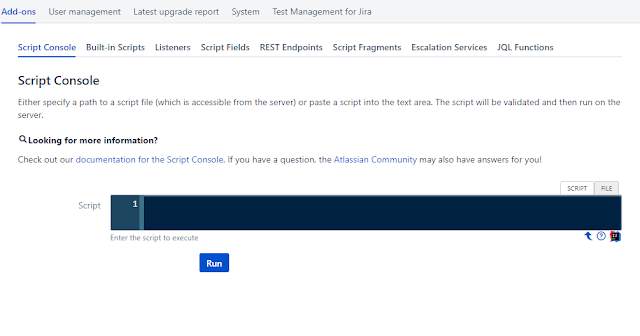Arch 리눅스에 대한 개인적인 공부 두번째 입니다.
저번에 포스팅했던 내용은 2년전에 공부했다고 썼던 포스트였지만
그냥 위키에 있는 내용을 가져다 쓴 정도 였습니다.
이번에 다시 한번 Arch 리눅스를 공부해보려합니다.
Arch 리눅스는
URL: https://www.archlinux.org/
Arch 리눅스 사이트에서 보면
이 리눅스에 대해 이렇게 설명하고 있습니다.
About Arch Linux
Arch Linux is an independently developed, i686/x86-64 general purpose GNU/Linux distribution versatile enough to suit any role. Development focuses on simplicity, minimalism, and code elegance. Arch is installed as a minimal base system, configured by the user upon which their own ideal environment is assembled by installing only what is required or desired for their unique purposes. GUI configuration utilities are not officially provided, and most system configuration is performed from the shell by editing simple text files. Arch strives to stay bleeding edge, and typically offers the latest stable versions of most software.
Arch Linux uses its own Pacman package manager, which couples simple binary packages with an easy-to-use package build system. This allows users to easily manage and customize packages ranging from official Arch software to the user's own personal packages to packages from 3rd party sources. The repository system also allows users to easily build and maintain their own custom build scripts, packages, and repositories, encouraging community growth and contribution.
The minimal Arch base package set resides in the streamlined [core] repository. In addition, the official [extra], [community], and [testing] repositories provide several thousand high-quality, packages to meet your software demands. Arch also offers an [unsupported] section in the Arch Linux User Repository (AUR), which contains over 9,000 build scripts, for compiling installable packages from source using the Arch Linux makepkg application.
Arch Linux uses a "rolling release" system which allows one-time installation and perpetual software upgrades. It is not generally necessary to reinstall or upgrade your Arch Linux system from one "version" to the next. By issuing one command, an Arch system is kept up-to-date and on the bleeding edge.
Arch strives to keep its packages as close to the original upstream software as possible. Patches are applied only when necessary to ensure an application compiles and runs correctly with the other packages installed on an up-to-date Arch system.
To summarize: Arch Linux is a versatile, and simple distribution designed to fit the needs of the competent Linux® user. It is both powerful and easy to manage, making it an ideal distro for servers and workstations. Take it in any direction you like. If you share this vision of what a GNU/Linux distribution should be, then you are welcomed and encouraged to use it freely, get involved, and contribute to the community. Welcome to Arch!
Arch 리눅스는
단순함과 미니멀리즘, 코드의 아름다움에 집중되서 개발되었고
작은 환경에 설치될 수 있는 리눅스입니다.
Arch 리눅스는 Pacman 이라는 패키지 매니저를 사용합니다.
(첨언, Ubuntu의 apt나 CentOS의 yum과 같은 패키지 매니저를 말합니다)
Arch 리눅스는 rolling release 시스템을 이용해서 설치하고, 업그레이드합니다.
(rolling release는 소프트웨어 개발 모델 중의 하나로 계속해서 개발하거나 업데이트하는 것을 말합니다.)
그외에 내용은 그다지 중요한 내용은 아니네요.
Arch 리눅스는 좋다라는 내용인거 같습니다.
설치하는 방법에 대한 URL:
https://wiki.archlinux.org/index.php/Installation_guide
초보자들을 위한 가이드도 있습니다.
https://wiki.archlinux.org/index.php/Beginners%27_guide
초보자 가이드보고 진행할 수 있지만
영어로 다 되어 있어서...
한글로 되어있는곳을 찾았지요
https://wiki.archlinux.org/index.php/Beginners'_guide_(%ED%95%9C%EA%B5%AD%EC%96%B4)
공부라고하긴했지만
나중에 설치하는 것 포스팅해보겠습니다.


